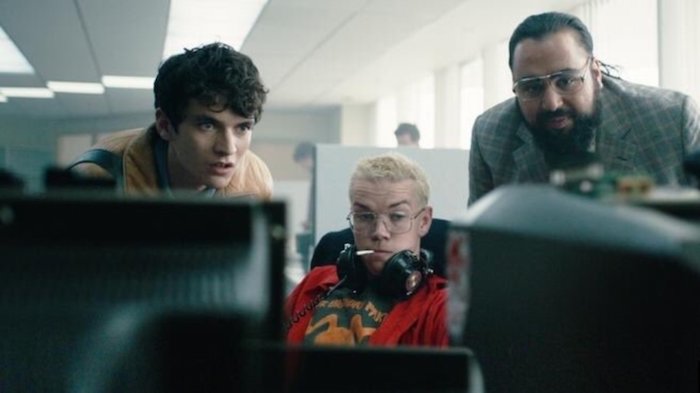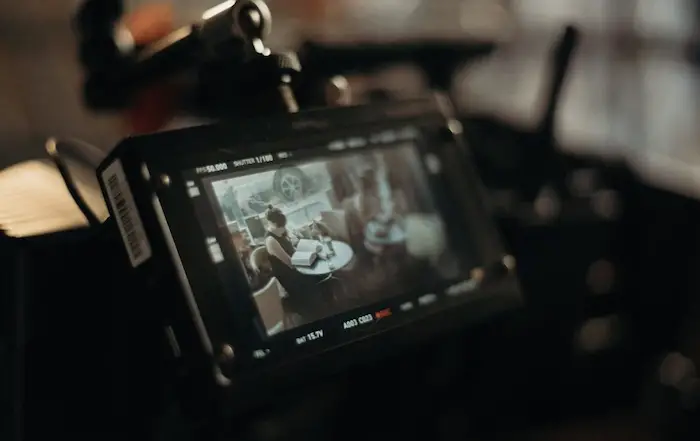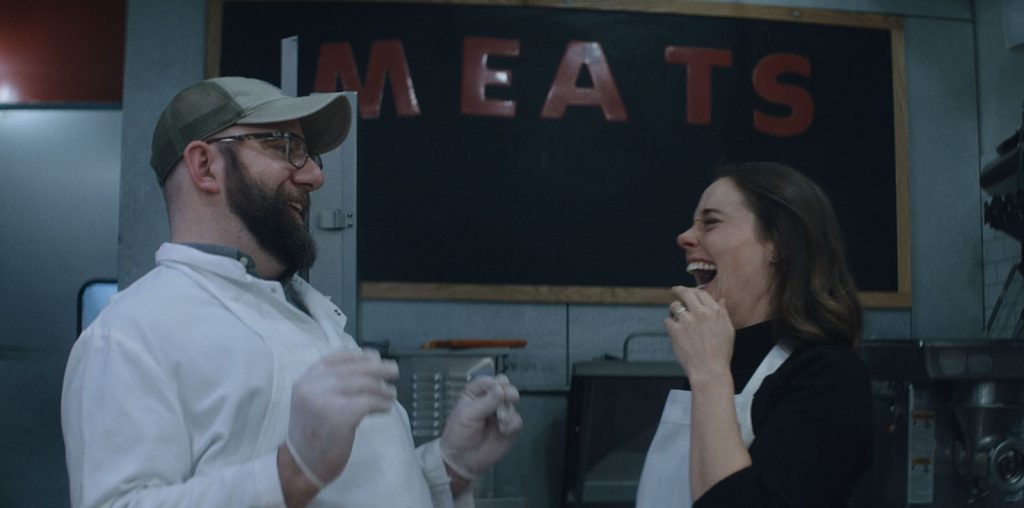
Escaping into other worlds is nothing new, but today, those worlds are digital. From apps to AI, we no longer just imagine new realities; we log into them. Film has kept pace with this shift, exploring how technology acts as a mirror for our inner lives.
In The Last Casino, Her, and USS Callister, characters seek comfort, control, or connection in digital spaces when the real world fails them. These stories tap into something deeply human—the need to retreat, even if only for a brief moment.

The Blackjack Table: A Digital Retreat in Disguise
In The Last Casino (2004), blackjack is not just a game. It becomes a way out. The card table offers a space where intelligence and strategy provide temporary freedom from real-world pressures for a group of gifted Montreal students. Even as the stakes increase, casino games give them structure, purpose, and control. It is less about the money and more about mental escape.
Digital escapism is not always harmful but undeniably human. Blackjack reflects how we often search for structure and clarity amid emotional noise on-screen and everyday life. The key is balance, knowing when it is a brief reprieve and when it becomes avoidance.
Her: Loneliness and Love in a Digitised World
Spike Jonze’s Her presents technology as both a sanctuary and a barrier. Theodore Twombly, a gentle man recovering from divorce, finds comfort in Samantha, an AI who listens, learns, and adapts to him. However, the film also highlights how technology can isolate us. Easy access to emotional refuge may shield us from confronting the deeper risks of human connection.
Jonze’s minimalist aesthetic reinforces the tension between comfort and detachment. The world he creates is softly lit, quiet, and subtly futuristic. Devices are discreet, colours are muted, and the design is more organic than overtly high-tech. It feels like a digital embrace, yet it also functions as a barrier to authentic connection.
Theodore’s relationship with Samantha symbolises emotional avoidance. She does not demand the messy parts of intimacy, like conflict or vulnerability. But as Samantha evolves beyond him, Theodore is forced to confront loss, personal growth, and the cost of retreating into a designed world of comfort.
The film ultimately asks whether solace in digital simulation brings healing or places us in a comfortable cage that keeps real connection at bay.

USS Callister: Fantasy, Control, and the Virtual Ego
Charlie Brooker’s USS Callister offers a sharp exploration of fantasy, control, and the digital ego. At first glance, it appears to be a light-hearted space adventure. However, beneath the retro aesthetics lies a critique of power fantasies.
Robert Daly creates a virtual world in which digital clones of his coworkers obey his every command. This world becomes his way of coping with rejection and invisibility in real life by asserting control in a simulated environment.
That space reflects deeper desires: validation, control, and even revenge. Daly feels overlooked in his workplace. However, he projects himself as a feared, respected, and heroic captain in his game. Unfortunately, this image comes at the expense of his coworkers.
Brooker does not glorify this world. Instead, he depicts the moral collapse when someone treats conscious digital beings as playthings. Distorted self-perception and psychological abuse are disguised as harmless fun. Nanette’s rebellion highlights the consequences of unchecked authority and shows how virtual spaces often reflect real-world pain and fragility.

Escapism or Reflection? What These Stories Tell Us
Stories about virtual worlds often present them as both sanctuary and risk. These digital spaces offer relief from a chaotic world but also come with potential downsides, whether through VR games or online communities.
They reveal what people seek: control, connection, and identity. In artificial environments, rules are established, communities form quickly, and reinvention is possible. That structure brings comfort when life feels unpredictable.
Escapism itself is not inherently harmful. It can serve as a healthy pause or a way to reset. However, a fine line exists between taking a break and running away. When the virtual world becomes a permanent retreat, it can lead to anxiety, addiction, and emotional disconnection.
Ultimately, these narratives remind us that digital spaces reflect our need for meaning and belonging. Yet if we remain too long in constructed realities, we may start mistaking personas for identities and comfort for growth. Doing so risks losing the real-life messiness that helps us evolve.
Escaping Isn’t the Enemy—Forgetting Reality Is
In the end, these films suggest that escaping is not a weakness. It is a way to breathe. However, when escape becomes the only safe place, we risk losing far more than we gain. Digital worlds can offer comfort, but we find genuine connection and lasting growth in the unpredictable, unfiltered reality.

